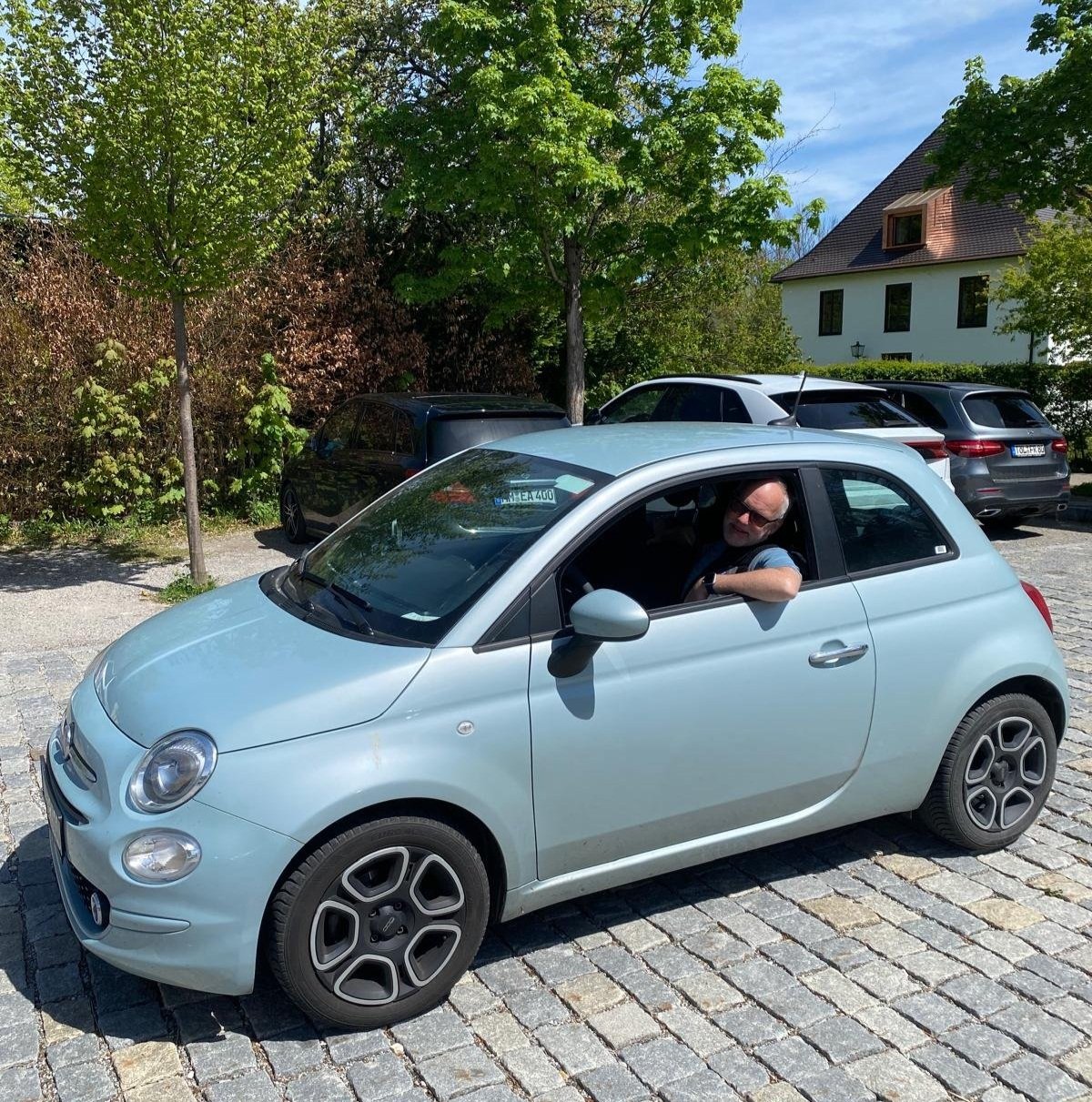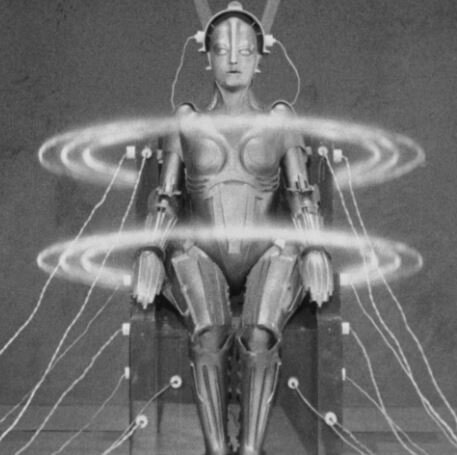CES & The Emerging Trends of 2020
Remember CES? What were your key takeaways this year? The breathless press-release style reporting about CES Las Vegas has ceased, and I finished compiling my notes and photos from this hectic conference for my clients. Here are a couple of my conclusions:
Peak Innovation Theater – It hit me when I saw a sign saying, “The robot is sleeping” at the Samsung kitchen exhibit. Really? What’s the point of a sleeping robot? CES has always had a few over-the-top exhibits, but generally the exhibits were grounded in realism – the tech that was presented was real and would eventually become affordable. Think HD and 4K TV, mobile phones, electric vehicles, and those new bendable displays…
This year, many companies seemed more focused on marketing their innovativeness than actually showing innovative products. For example, Hyundai’s booth did not feature a single automobile - instead there was a flying Uber taxi and a far-fetched video showing taxi docking ports that could be converted into hotel “pods”. Mercedes-Benz show-cased the AVTR transparent car that can go sideways and “merge” with its human occupant. Also in North Hall, there were long lines for an opportunity to sit in Bell Helicopter’s air taxi – a fiberglass mockup that will never take to the air. Next door, Delta show-cased “parallel reality” displays that could show individualized information as you were hurrying through the airport. Great marketing, but please explain how better display technology at the airport will have a meaningful impact on the airline’s bottom line? How about more comfortable seats, better entertainment, and more on-time departures? Right – I think there was an uninspiring exhibit on that in the corner somewhere….
I don’t go to CES for make-believe experiences – Disney does a far better job on this. Let’s get rid of the marketing exhibits and return to the roots of the show – previewing products and technologies you intend to sell within 3-5 years…
Peak Alexa? - Last year’s Amazon show room really impressed me. It seemed that every class of consumer device now featured “Alexa inside”. And there were some intriguing new glasses on the way, that could bring even more use cases to the platform. Well, the 2020 exhibit had no new surprises, and the glasses were still under plexiglass – “Do Not Touch” = not ready for prime time. To get to the next stage, our AI assistants need to become persistent – i.e. recognize people and remember prior conversations – and there seems to be no pending development on the horizon to make that happen anytime soon. In 2014, Alexa seemed like a magical experience. We’re now at the end of that runway…
Service Robots – CES in prior years seemed obsessed with showcasing those robots with faces and arms and showing a display on their belly. They were not really that useful – and creepy. Those robots have largely disappeared and been replaced by autonomous cylinders on wheels holding stacking trays for transport. Much more useful – and maybe more affordable to boot? A consumer startup named Trifo added a powerful depth sensor to its otherwise pedestrian round vacuum cleaner and emphasized its 24/7 AI-assisted automated sentry functionality, not its cleaning functionality. Soon, it’ll be normal to see service robots going about their business either at home or the office - and collecting all types of interesting data…
Automotive Retrenches – Ten years ago, I regularly skipped the CES North Hall as it featured mainly automotive accessories such as booming sub-woofers, truck overhead lighting, and after-market radios. Then Ford started exhibiting its cars, and a few years later more OEMs and then the suppliers started taking over the hall. This year, some OEMs have decided to just “phone in” their innovation, while others (VW) are skipping the show altogether – and the after-market guys are moving right back into the freed-up exhibit space! As the OEMs are scaling back, expect the suppliers to move out also. This is a good thing – after all, the latest LiDAR sensor technology really has nothing to do with consumer electronics. I expect the focus to shift more to EV introductions (such as Ford’s promising Mustang Mach-E on display) and interior technologies (as show-cased by the perennially excellent exhibits at Audi).
5G… and/or LoRaWAN? - We’ve all been exposed to the 5G hype (or apocalypse), but have you noticed that there is a dearth of consumer innovations that this new network protocol might enable? At CES I “discovered” a new, low-bandwidth (read: slow, but power efficient) network called LoRaWAN, which might be more useful for applications consumers care about – such as tracking pets, laptops, and bikes, and connecting IoT sensors in the home and backyard, all without a telecom subscription and with a 6-month battery life. During my follow-on research, I found that Amazon recently announced just such a network – Sidewalk. Sidewalk was missing from the CES exhibit this year – and I didn’t see any devices featuring new “magic” made possible by 5G. Maybe this is an opportunity for the 2021 show?































